Doing VS Being
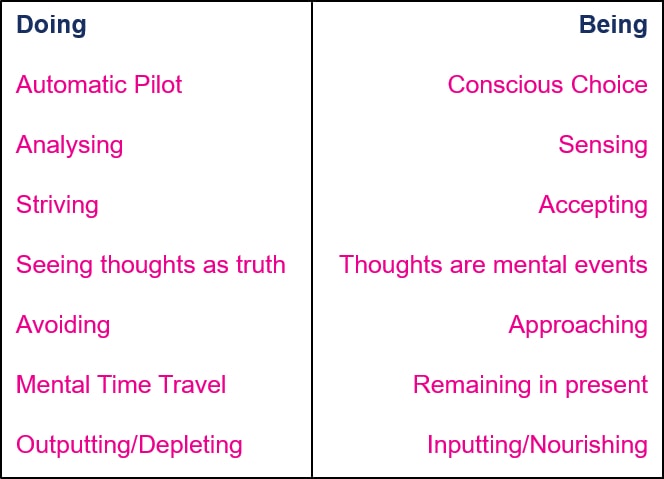
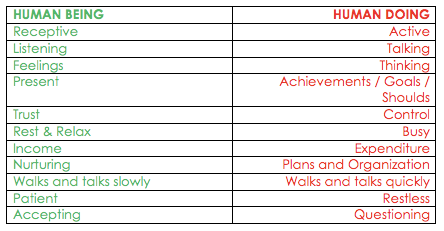
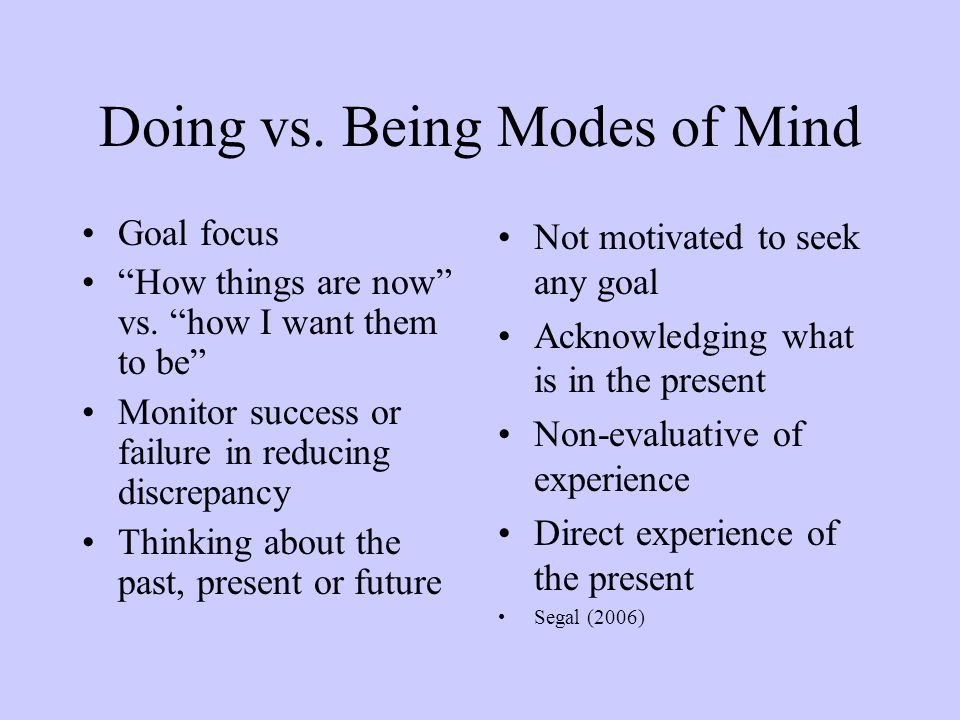
Cultivation of the Body, the Breathing and the Mind - talk by Master Lai Jian Hui


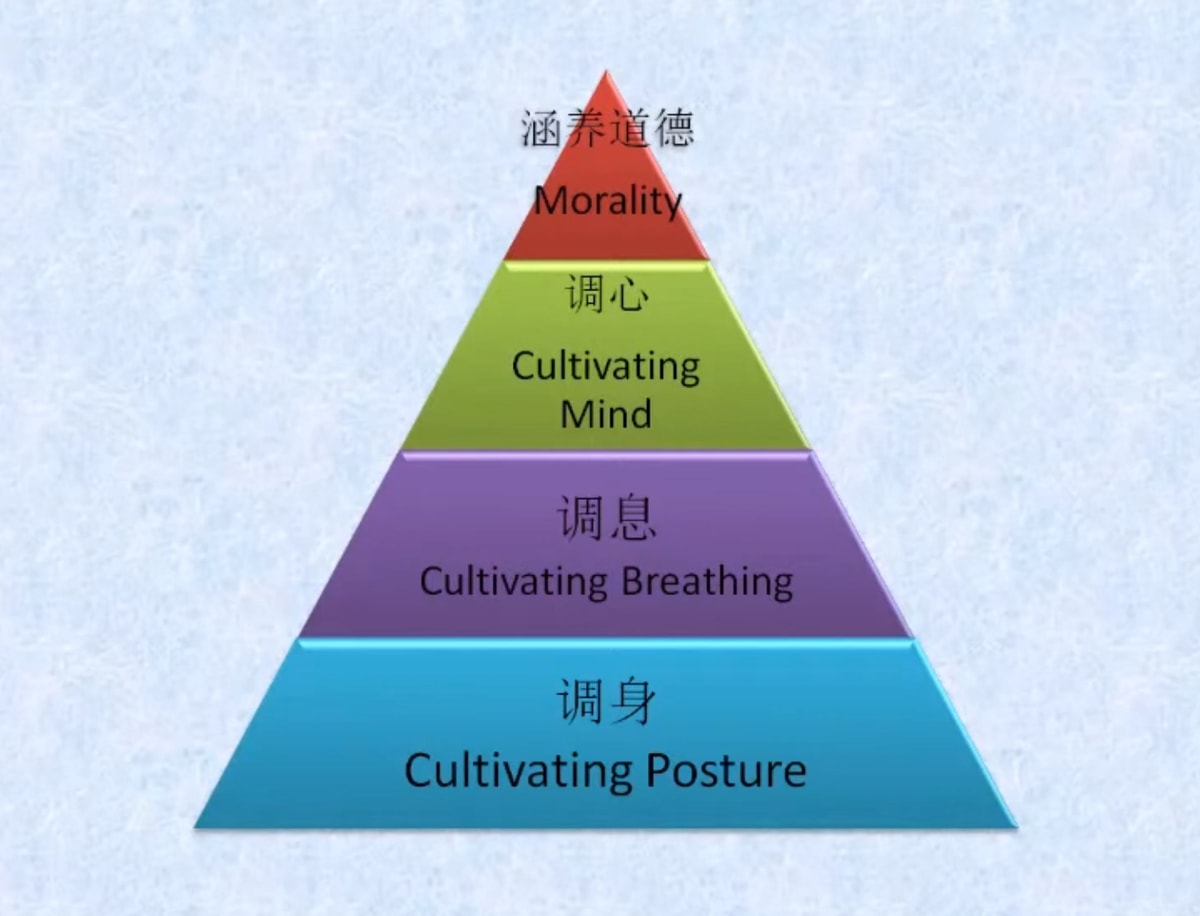
English by Master Faye Yip
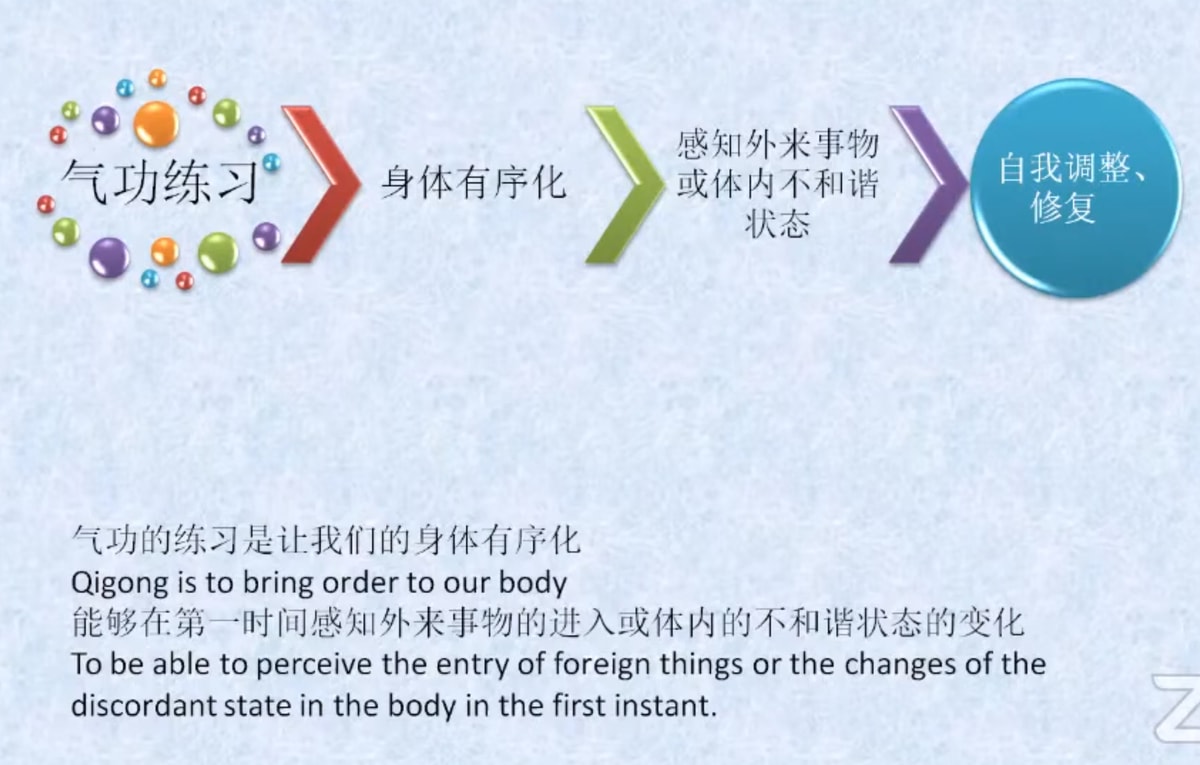
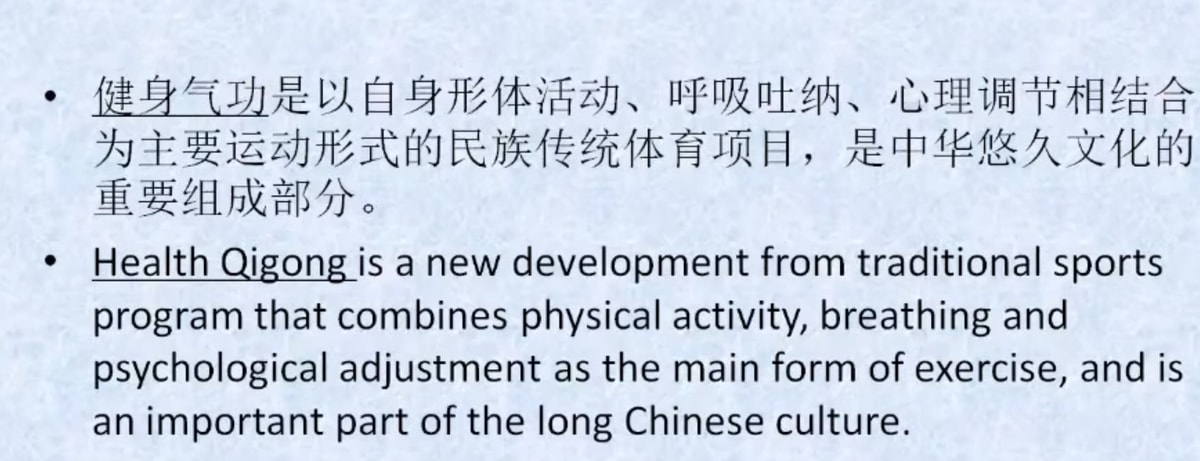
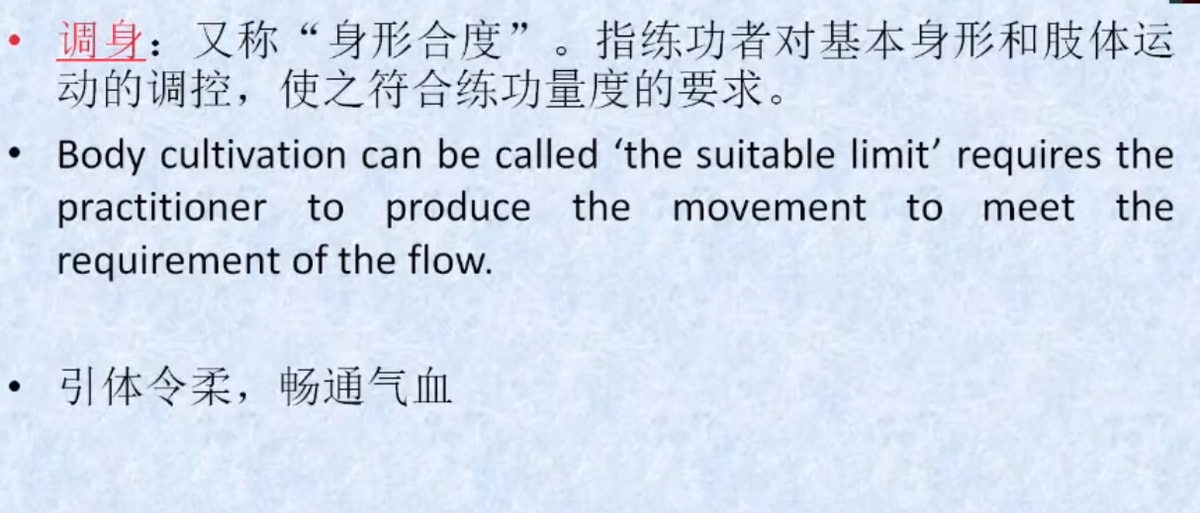

Poem by the 12th century Chinese Buddhist master Hongzhi Zhengjue
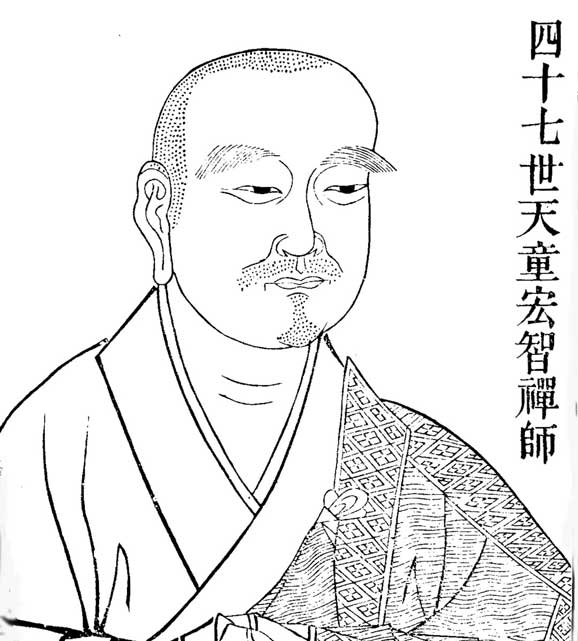
All things originate from the mind. When the whole mind is silent, all appearances end. Which is other, which is self? When there is no sign of differentiation, not even a single atom can be established. When not a single thought is born, you penetrate through before the womb and after the skin bag; one point of inconceivable illumination, whole and undifferentiated, without corners, edge or traces that cannot be dimmed. What cannot be dimmed is called inherent knowledge; the point of inherent knowledge is called the fundamental endowment.
When you realize all things are empty you are free in all states of mind and penetrate beyond through every atom of dust. The primordial beam of light pervades everywhere and transforms according to the energies and situations. Everything it meets is the source, subtly illuminating all things. Empty, the wind in the pines and the moon in the water respond outwardly without getting confused. Live in clear harmony, without a wandering mind, not sticking anywhere. With a mind like spring bearing flowers, like a mirror reflecting images; in the midst of floods of tumult, you will naturally stand serene above it all.
When your state is thoroughly peaceful and your livelihood is cool and serene, you will see the emptiness of the ages; there is nothing to be troubled by, nothing that can obstruct. Empty, absolute and radiant; clear, complete and shining; it clearly exists for all ages, never dimmed. If you want to remain tranquil, cover and uphold in the same way as sky and earth -- appearing or disappearing, shutting down or opening up, all are up to you.
Clean, pure, perfectly clear; the power of the eye cannot reach its bounds. Still, silent, empty and vast, the ken of the mind cannot find its edges. One who investigates sincerely and really arrives considers this the fundamental ground; neither buddhas nor demons can enter; neither dust nor dirt can defile it.
There is utterly no way to study this matter; the essence lies in emptying and opening body and mind so they are vast as space, then you will naturally be complete everywhere. This awareness cannot be dimmed, this clarity cannot be confused. The moon follows the flowing waters, the rain goes with the moving clouds. Each and every sense and sensation is immediate and absolute. Therefore it was said that a saint has no self, but there is nothing that is not himself. It is so obvious, so clear; you realize that gathered in or let out, it has become a white bull on open ground, which you cannot drive away even if you try.
Written by the 12th century Chinese Buddhist master Hongzhi Zhengjue. English translation by Thomas Cleary published in Timeless Spring: A Soto Zen Anthology. Found via naturalawareness
Talk by Herbert Simon at the Earthware Symposium, Carnegie Mellon University (Oct.2000, one year before his death) - reflection on how technology and knowledge will continue to shape the world
"Tip of the icebergs": Clichéd metaphors in education - by David Loewen
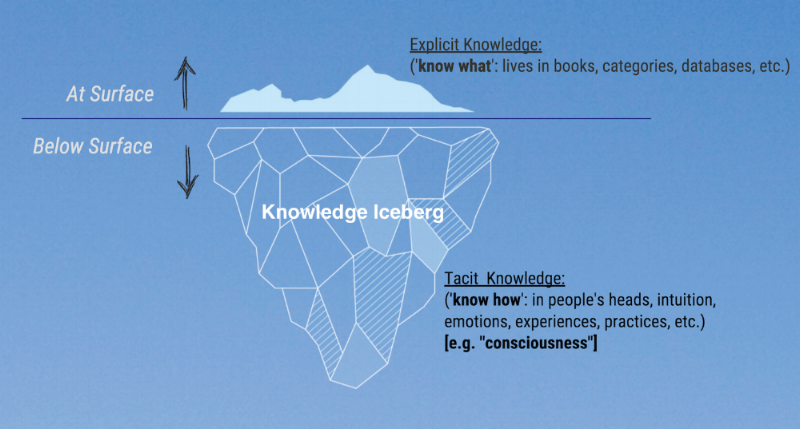
"Some people get rich studying artificial intelligence. Me, I make money studying natural stupidity" - Carl Icahn
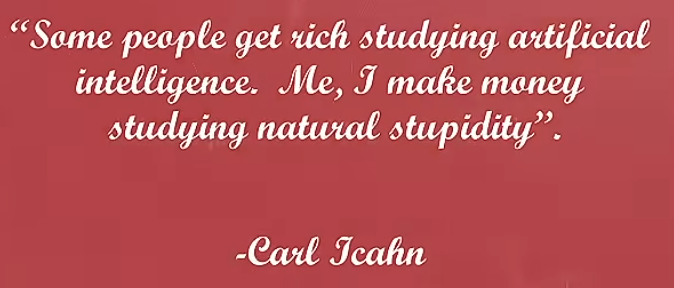
The Grand Biocentric Design / How Life Creates Reality - by Robert Lanza and Matej Pavšič, with Bob Berman
What if life isn’t just a part of the universe . . . what if it determines the very structure of the universe itself. The theory that blew your mind in Biocentrism and Beyond Biocentrism is back, with brand-new research revealing the startling truth about our existence.
"The universe is simply the spatial/temporal logic of the animal observer" - Robert Lanza
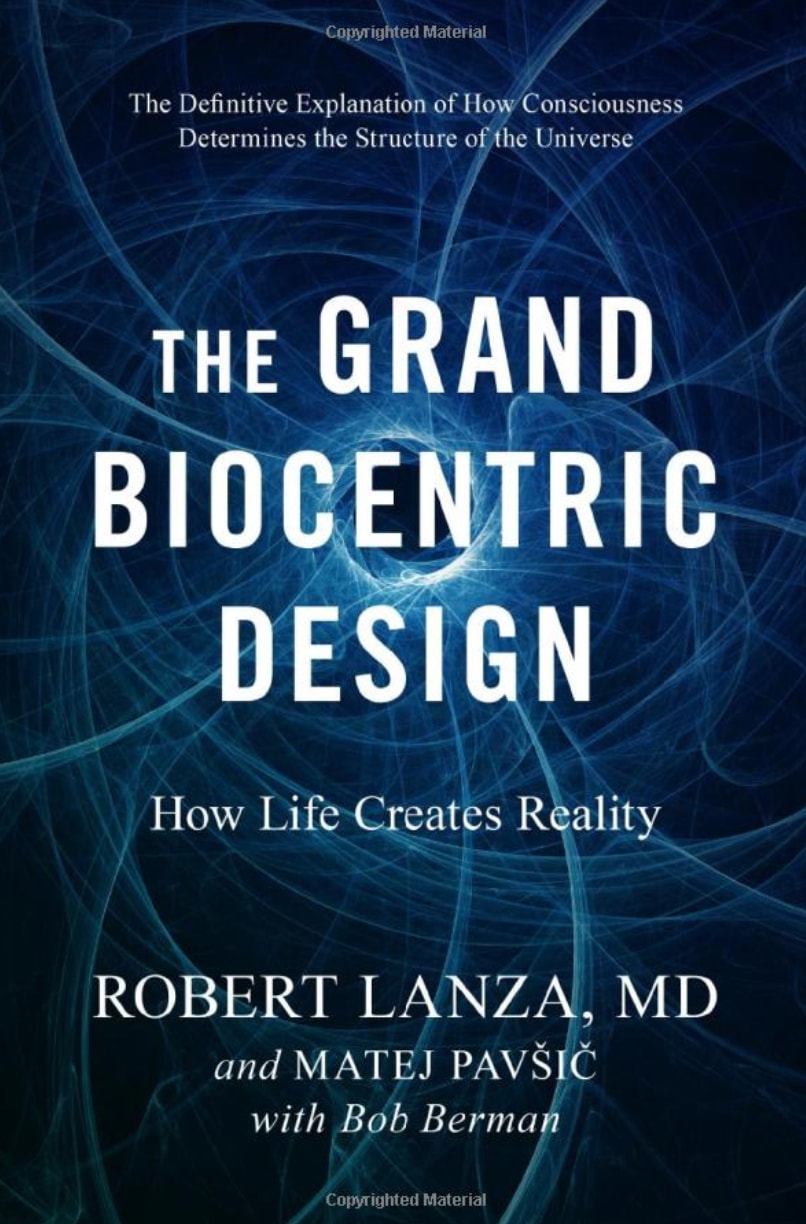
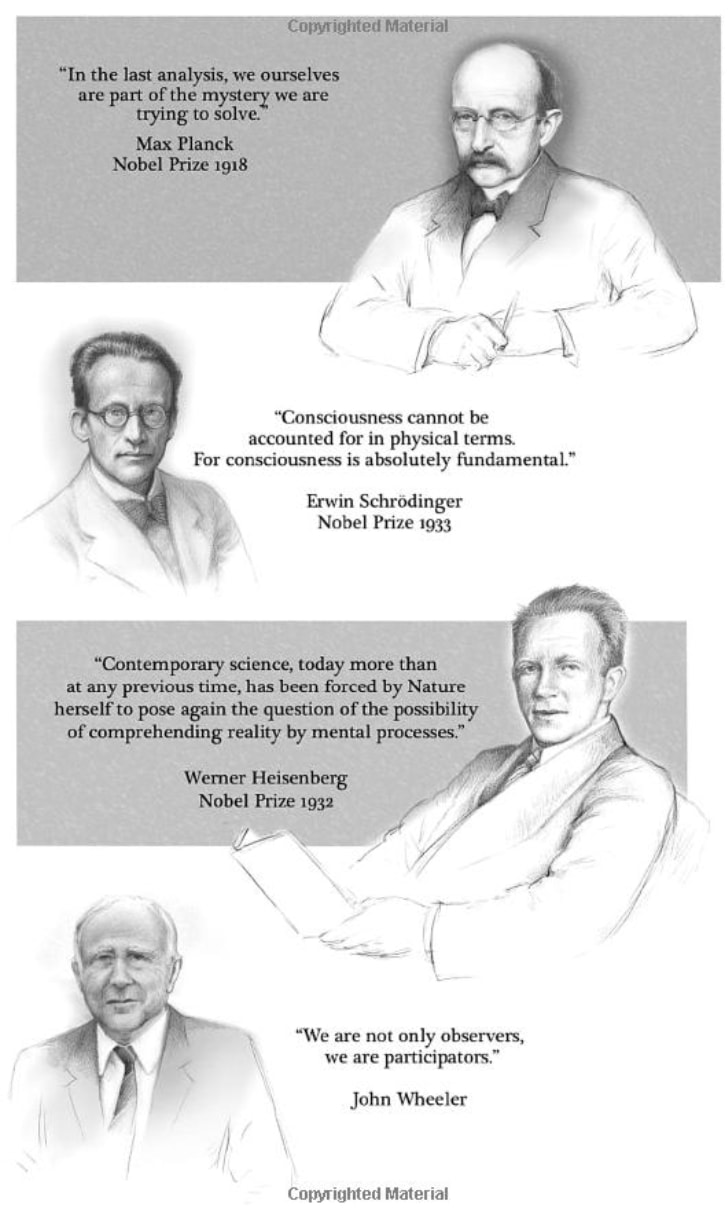
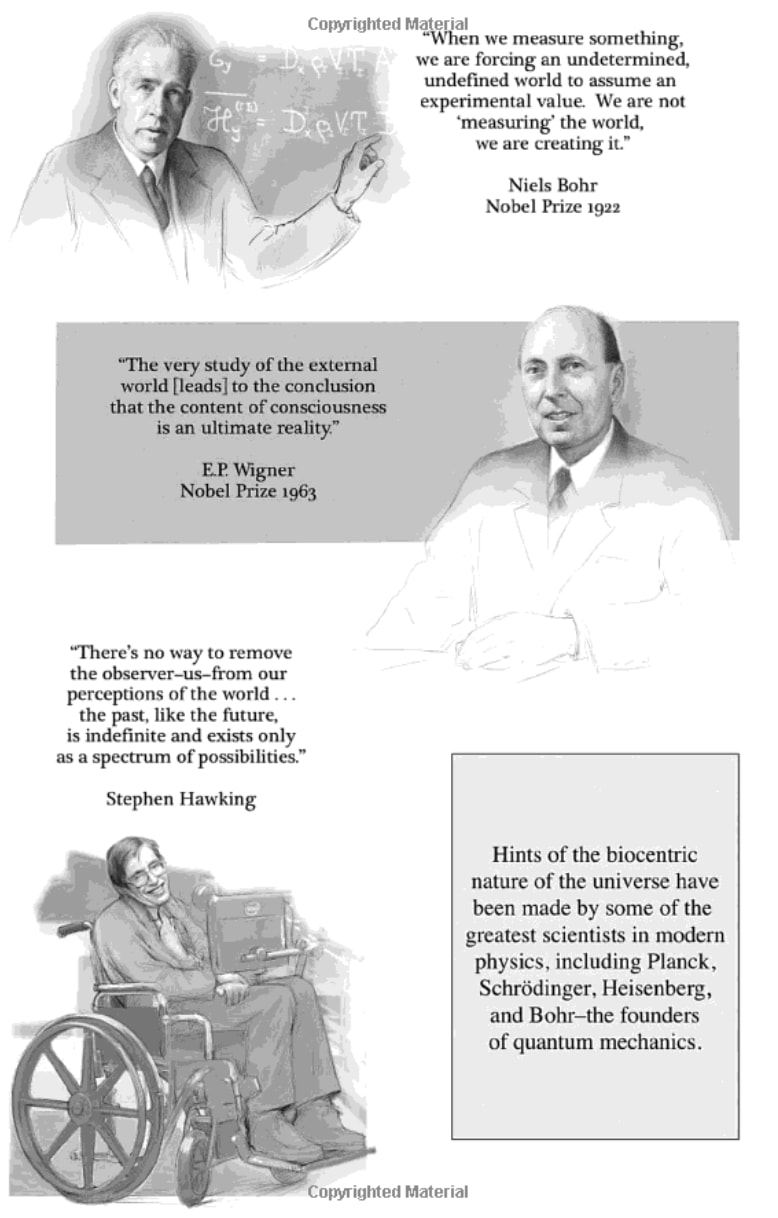
Robert Lanza: The Theory of Biocentrism, Part 1
Time & the Biocentric Universe as Explained by Dr. Robert Lanza Father of Biocentrism
Bob Berman - Strange Universe

"The Mandela effect is an unusual phenomenon where a large group of people remember something differently than how it occurred. Conspiracy theorists believe this is proof of an alternate universe, while many doctors use it as an illustration of how imperfect memory can be
Is the ‘Mandela Effect’ Science, Science Fiction, or Mass Delusion?
What some dismiss as misremembering could be a hint of alternate realities

This article was originally published on Asia Times.
The political economy of the Digital Age remains virtually terra incognita. In Techno-Feudalism, published three months ago in France (no English translation yet), Cedric Durand, an economist at the Sorbonne, provides a crucial, global public service as he sifts through the new Matrix that controls all our lives.
Durand places the Digital Age in the larger context of the historical evolution of capitalism to show how the Washington consensus ended up metastasized into the Silicon Valley consensus. In a delightful twist, he brands the new grove as the “Californian ideology”.
We’re far away from Jefferson Airplane and the Beach Boys; it’s more like Schumpeter’s “creative destruction” on steroids, complete with IMF-style “structural reforms” emphasizing “flexibilization” of work and outright marketization/financialization of everyday life.
The Digital Age was crucially associated with right-wing ideology from the very start. The incubation was provided by the Progress and Freedom Foundation (PFF), active from 1993 to 2010 and conveniently funded, among others, by Microsoft, At&T, Disney, Sony, Oracle, Google and Yahoo.
In 1994, PFF held a ground-breaking conference in Atlanta that eventually led to a seminal Magna Carta: literally, Cyberspace and the American Dream: a Magna Carta for the Knowledge Era, published in 1996, during the first Clinton term.
Not by accident the magazine Wired was founded, just like PFF, in 1993, instantly becoming the house organ of the “Californian ideology”.
Among the authors of the Magna Carta we find futurist Alvin “Future Shock” Toffler and Reagan’s former scientific counselor George Keyworth. Before anyone else, they were already conceptualizing how “cyberspace is a bioelectronic environment which is literally universal”. Their Magna Carta was the privileged road map to explore the new frontier.
Those Randian heroes
Also not by accident the intellectual guru of the new frontier was Ayn Rand and her quite primitive dichotomy between “pioneers” and the mob. Rand declared that egotism is good, altruism is evil, and empathy is irrational.
When it comes to the new property rights of the new Eldorado, all power should be exercised by the Silicon Valley “pioneers”, a Narcissus bunch in love with their mirror image as superior Randian heroes. In the name of innovation they should be allowed to destroy any established rules, in a Schumpeterian “creative destruction” rampage.
That has led to our current environment, where Google, Facebook, Uber and co. can overstep any legal framework, imposing their innovations like a fait accompli.
Durand goes to the heart of the matter when it comes to the true nature of “digital domination”: US leadership was never achieved because of spontaneous market forces.
On the contrary. The history of Silicon Valley is absolutely dependent on state intervention – especially via the industrial-military complex and the aero-spatial complex. The Ames Research Center, one of NASA’s top labs, is in Mountain View. Stanford was always awarded juicy military research contracts. During WWII, Hewlett Packard, for instance, was flourishing thanks to their electronics being used to manufacture radars. Throughout the 1960s, the US military bought the bulk of the still infant semiconductor production.
The Rise of Data Capital, a 2016 MIT Technological Review report produced “in partnership” with Oracle, showed how digital networks open access to a new, virgin underground brimming with resources: “Those that arrive first and take control obtain the resources they’re seeking” – in the form of data.
So everything from video-surveillance images and electronic banking to DNA samples and supermarket tickets implies some form of territorial appropriation. Here we see in all its glory the extractivist logic inbuilt in the development of Big Data.
Durand gives us the example of Android to illustrate the extractivist logic in action. Google made Android free for all smartphones so it would acquire a strategic market position, beating the Apple ecosystem and thus becoming the default internet entry point for virtually the whole planet. That’s how a de facto, immensely valuable, online real estate empire is built.
The key point is that whatever the original business – Google, Amazon, Uber – strategies of conquering cyberspace all point to the same target: take control of “spaces of observation and capture” of data.
About the Chinese credit system…
Durand offers a finely balanced analysis of the Chinese credit system – a public/private hybrid system launched in 2013 during the 3rd plenum of the 18th Congress of the CCP, under the motto “to value sincerity and punish insincerity”.
For the State Council, the supreme government authority in China, what really mattered was to encourage behavior deemed responsible in the financial, economic and socio-political spheres, and sanction what is not. It’s all about trust. Beijing defines it as “a method of perfecting the socialist market economy system that improves social governance”.
The Chinese term – shehui xinyong – is totally lost in translation in the West. Way more complex than “social credit”, it’s more about “trustworthiness”, in the sense of integrity. Instead of the pedestrian Western accusations of being an Orwellian system, priorities include the fight against fraud and corruption at the national, regional and local levels, violations of environmental rules, disrespect of food security norms.
Cybernetic management of social life is being seriously discussed in China since the 1980s. In fact, since the 1940s, as we see in Mao’s Little Red Book. It could be seen as inspired by the Maoist principle of “mass lines”, as in “start with the masses to come back to the masses: to amass the ideas of the masses (which are dispersed, non-systematic), concentrate them (in general ideas and systematic), then come back to the masses to diffuse and explain them, make sure the masses assimilate them and translate them into action, and verify in the action of the masses the pertinence of these ideas”.
Durand’s analysis goes one step beyond Soshana Zuboff’s
The Age of Surveillance Capitalism when he finally reaches the core of his thesis, showing how digital platforms become “fiefdoms”: they live out of, and profit from, their vast “digital territory” peopled with data even as they lock in power over their services, which are deemed indispensable.
And just as in feudalism, fiefdoms dominate territory by attaching serfs. Masters made their living profiting from the social power derived from the exploitation of their domain, and that implied unlimited power over the serfs.
It all spells out total concentration. Silicon Valley stalwart Peter Thiel has always stressed the target of the digital entrepreneur is exactly to bypass competition. As quoted in Crashed: How a Decade of Financial Crises Changed the World, Thiel declared, “Capitalism and competition are antagonistic. Competition is for losers.”
So now we are facing not a mere clash between Silicon Valley capitalism and finance capital, but actually a new mode of production:
a turbo-capitalist survival as rentier capitalism, where Silicon giants take the place of estates, and also the State. That is the “techno-feudal” option, as defined by Durand.
Blake meets Burroughs
Durand’s book is extremely relevant to show how the theoretical and political critique of the Digital Age is still rarified. There is no precise cartography of all those dodgy circuits of revenue extraction. No analysis of how do they profit from the financial casino – especially mega investment funds that facilitate hyper-concentration. Or how do they profit from the hardcore exploitation of workers in the gig economy.
The total concentration of the digital glebe is leading to a scenario, as Durand recalls, already dreamed up by Stuart Mill, where every land in a country belonged to a single master. Our generalized dependency on the digital masters seems to be “the cannibal future of liberalism in the age of algorithms”.
Is there a possible way out? The temptation is to go radical – a Blake/Burroughs crossover. We have to expand our scope of comprehension – and stop confusing the map (as shown in the Magna Carta) with the territory (our perception).
William Blake, in his proto-psychedelic visions, was all about liberation and subordination – depicting an authoritarian deity imposing conformity via a sort of source code of mass influence. Looks like a proto-analysis of the Digital Age.
William Burroughs conceptualized Control – an array of manipulations including mass media (he would be horrified by social media). To break down Control, we must be able to hack into and disrupt its core programs. Burroughs showed how all forms of Control must be rejected – and defeated: “Authority figures are seen for what they are: dead empty masks manipulated by computers”.
Here’s our future: hackers or slaves.
Against Method - Outline of an Anarchistic Theory of Knowledge - by Paul Feyerabend
"Neither science nor rationality are universal measures of excellence. They are particular traditions, unaware of their historical grounding."
"My intention is not to replace one set of general rules by another such set: my intention is, rather, to convince the reader that all methodologies, even the most obvious ones, have their limits. - Paul Feyerabend, p.24, Against Method
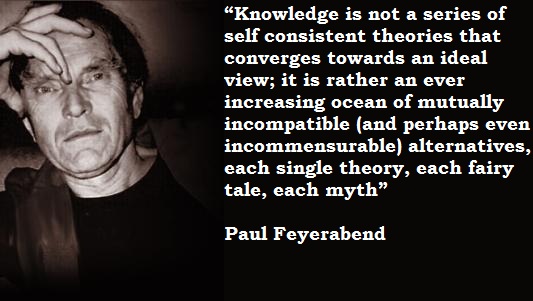
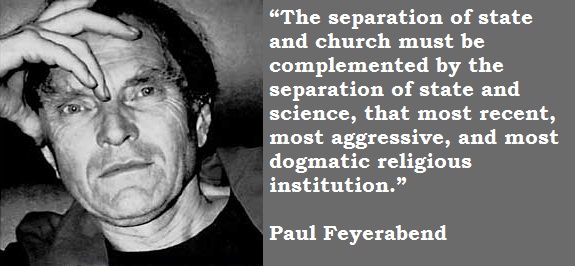
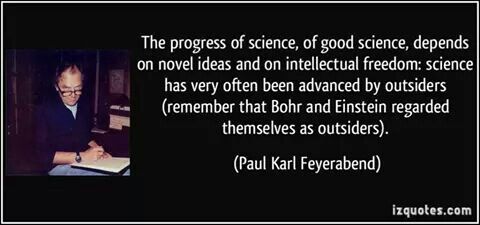
Paul Feyerabend Interview (1993)
A Conversation with Prof. Varadaraja V. Raman
If you understand, things are just as they are…
If you do not understand, things are just as they are.
- Zen proverb
Digging a Hole in the Ocean Floor - Zhuangzi - Chapter 7 - Illustration by CC Tsai

Full text Translated by Burton Watson
Chien Wu went to see the madman Chieh Yu. Chieh Yu said, "What was Chung Shih telling you the other day?" 4 Chien Wu said, "He told me that the ruler of men should devise his own principles, standards, ceremonies, and regulations, and then there will be no one who will fail to obey him and be transformed by them."
The madman Chieh Yu said, "This is bogus virtue! To try to govern the world like this is like trying to walk the ocean, to drill through a river, or to make a mosquito shoulder a mountain! When the sage governs, does he govern what is on the outside? He makes sure of himself first, and then he acts. He makes absolutely certain that things can do what they are supposed to do, that is all. The bird flies high in the sky where it can escape the danger of stringed arrows. The field mouse burrows deep down under the sacred hill where it won't have to worry about men digging and smoking it out. Have you got less sense than these two little creatures?"
Relax. Nothing is under control. ~ Adi Da Samraj
Don’t Waste Your Precious Time - by Ryokan (1758–1831)

The ancient Buddhas taught the Dharma
Not for its own sake but to assist us.
If we really knew ourselves
We would not have to rely on old teachers.
The wise go right to the core
And leap beyond appearances;
The foolish cleave to details
And get ensnared by words and letters.
Such people envy the accomplishments of others
And work feverishly to attain the same things.
Cling to truth and it becomes falsehood;
Understand falsehood and it becomes truth.
Truth and falsehood are two sides of a coin:
Neither accept nor reject either one.
Don't waste your precious time fruitlessly
Trying to gauge the depths of life's ups and downs.
- translated by John Stevens
The Loser's Script, Elites & Stupidity - by Robert Anton Wilson
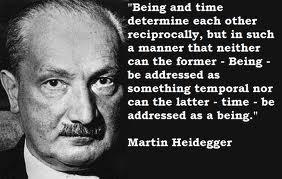
According to Tomonobu Imamichi, Heidegger's concept of Dasein in Sein und Zeit was inspired – although Heidegger remained silent on this – by Okakura Kakuzō's concept of das-in-der-Welt-sein (being-in-the-worldness) expressed in The Book of Tea (PDF) to describe Zhuangzi's philosophy, which Imamichi's professor Ito Kichinosuke had offered to Heidegger in 1919, after having followed private lessons with him the year before:

‘Ito Kichinosuke, one of my teachers at university, studied in Germany in 1918 immediately after the First World War and hired Heidegger as a private tutor. Before moving back to Japan at the end of his studies, Professor Ito handed Heidegger a copy of Das Buch vom Tee, the German translation of Okakura Kakuzo’s The Book of Tea, as a token of his appreciation. That was in 1919. Sein und Zeit (Being and Time) was published in 1927 and made Heidegger famous. Mr. Ito was surprised and indignant that Heidegger used Zhuangzi’s concept without giving him credit. Years later in 1945, Professor Ito reminisced with me and, speaking in his Shonai dialect, said, ‘Heidegger did a lot for me, but I should’ve laid into him for stealing’. There are other indications that Heidegger was inspired by Eastern writings, but let’s leave this topic here. I have heard many stories of this kind from Professor Ito and checked their veracity. I recounted this story at a reception held after a series of lectures I gave in 1968 at the University of Heidelberg at the invitation of Hans-Georg Gadamer. Japanese exchange students attended these lectures, and I explained that there were many other elements of classical Eastern thought in Heidegger’s philosophy and gave some examples. I must have said too much and may even have said that Heidegger was a plagiarist (Plagiator). Gadamer was Heidegger’s favorite student, and we ended up not speaking to each other for 4 or 5 years because he was so angry with me’ (Imamichi 2004, pp. 123–124).[3][4]
Martin Heidegger Interview with a Monk (English Subtitles)
